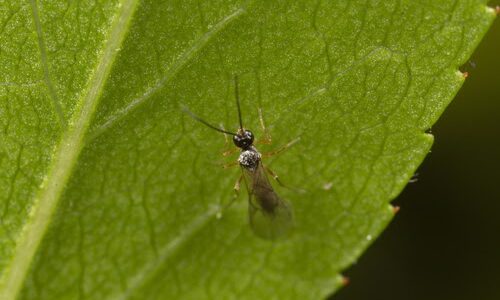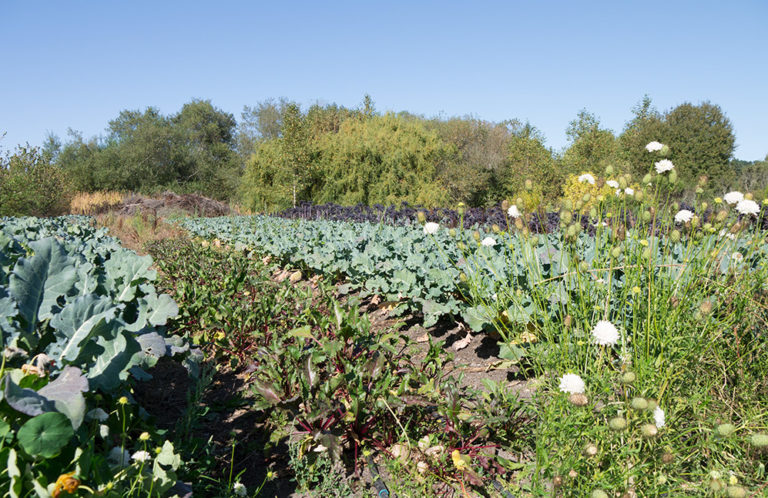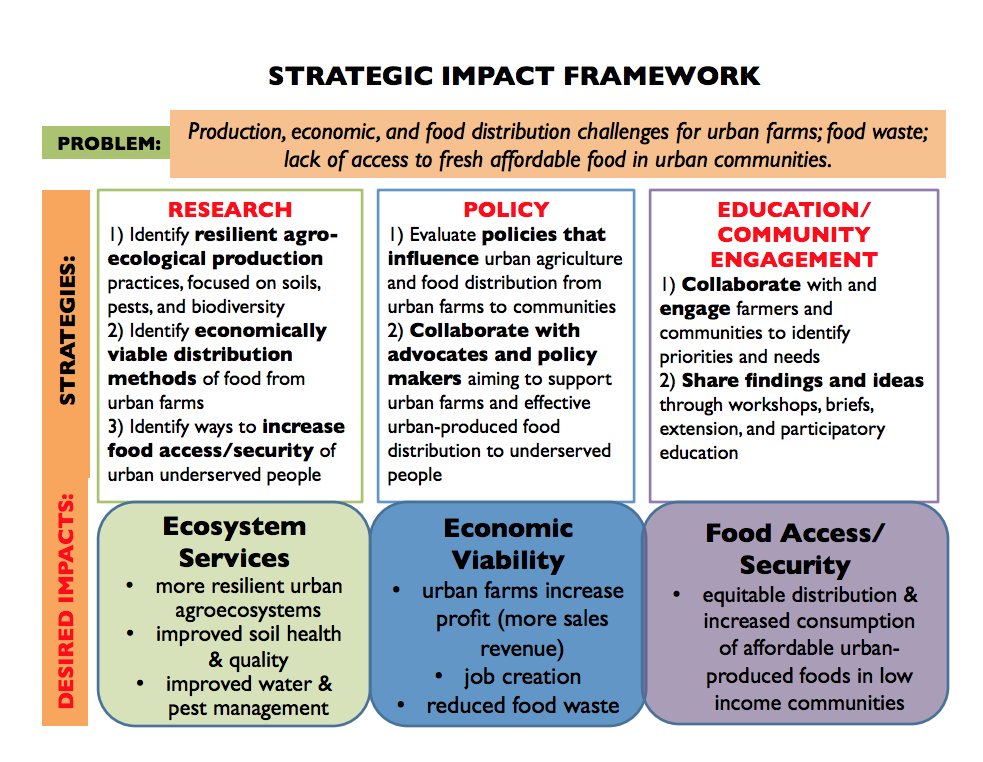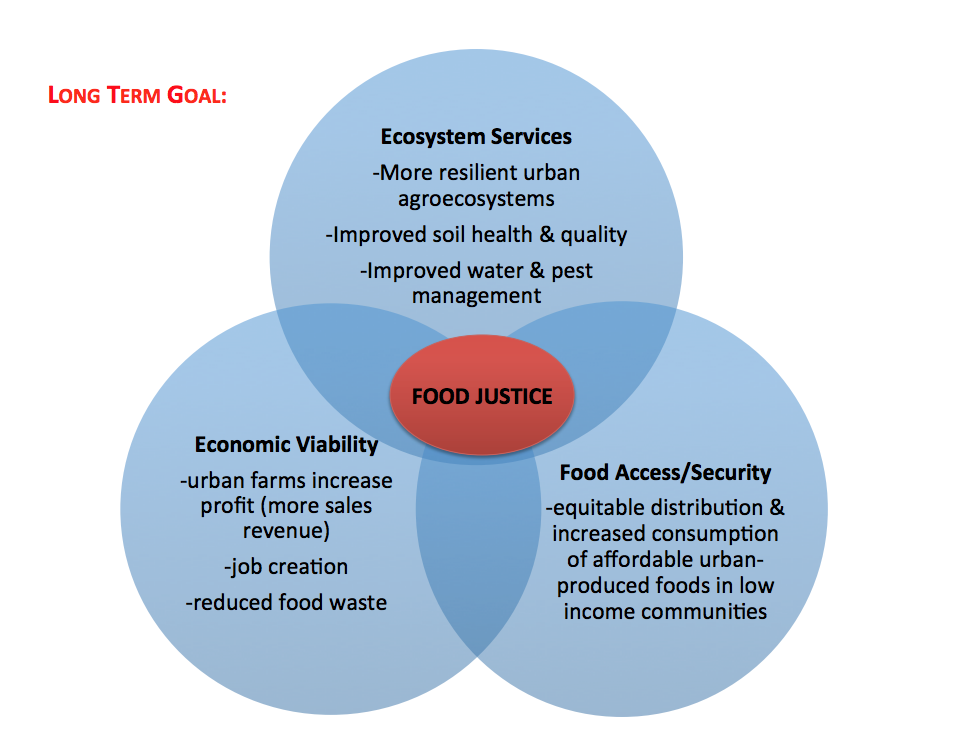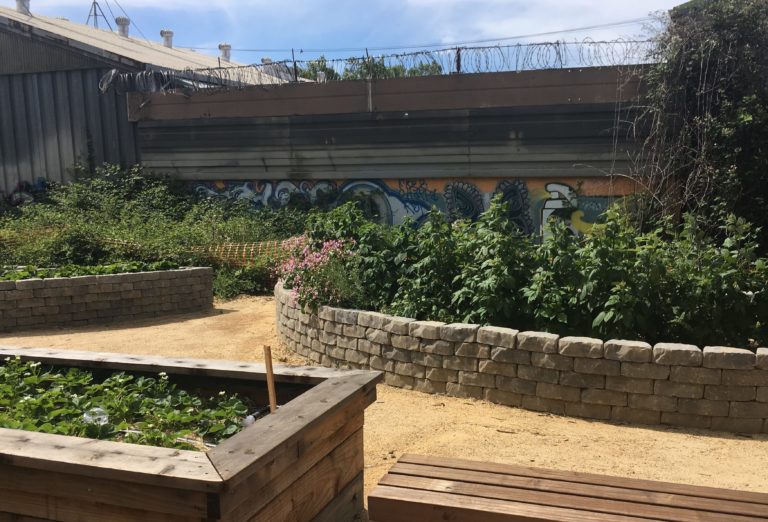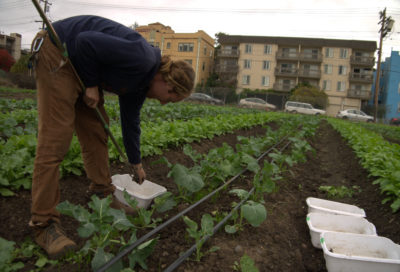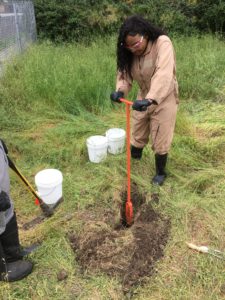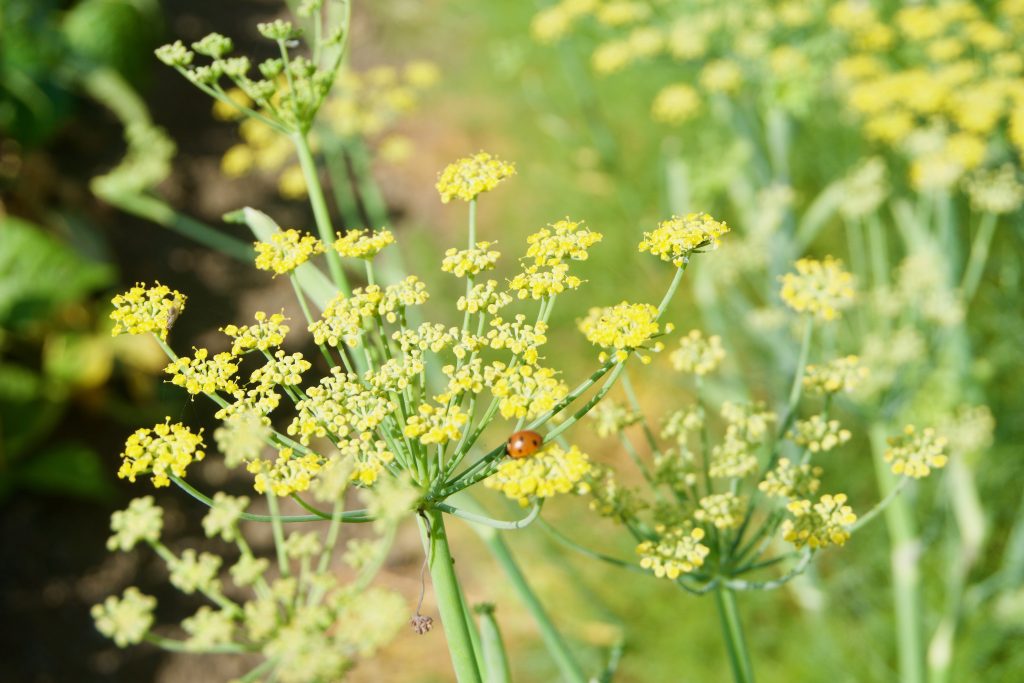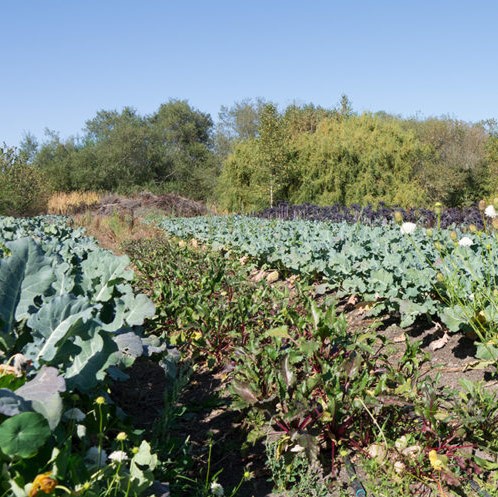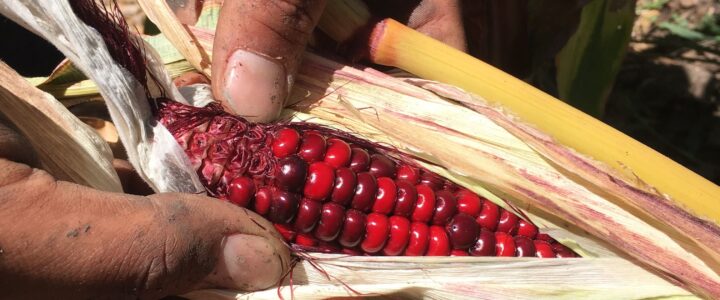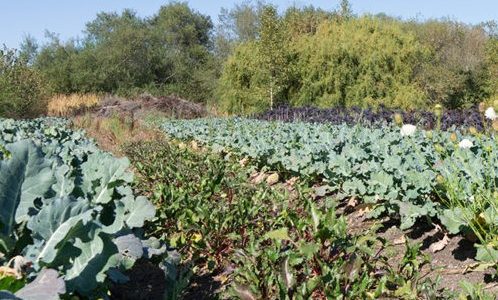Urban farming: the Good, the Bad, and the Bugly
Cover photo: “Parasitized mummy” by sea-kangaroo , licensed under CC BY-NC-ND 4.0
By: Prof. Josh Arnold (Warren Wilson University and Growing Roots teammate)
The joys of urban farming and gardening bear fruit but not without unique frustrations. Pests thrive amid your efforts, and smart growing practices can ease these headaches, improve the health of our plants, and increase their production. It is a common belief that insects in your garden and farm — especially those you cannot identify — are there to eat your plants. Sometimes they aren’t but sometimes they are. It can often seem impossible to rid your plants of them, especially for urban farmers.
There is a reason for that: Insects in urban agriculture exist and persist in a very unique environment.
Cities are special
In cities, a host of landscape-scale factors create ideal habitats for garden pests. Herbivorous insects thrive in the warmer microclimates found in urban areas. This small increase in heat shortens insect generation times (read: more insects per season), enables them to lay more eggs, and sometimes even makes them larger. Landscaping in urban areas can also exacerbate pest issues. The plants and trees in urban landscaping typically fall into opposite ends of the management spectrum, either left to fend for themselves or maintained through intensive care regimes. Both of these conditions, leading to either stressed out or very vigorous plants, can make these a target for pest insects, and even, in the former case, decrease the plant’s ability to defend itself against insect attacks. Then, these urban landscapes can become a source for very persistent pest insects that might affect your crops.
Research behind urban insects
Small urban farms and gardens are complex ecosystems, and crop pests’ ecological management can feel incredibly daunting, especially in the absence of pesticides (which many urban farmers forego for health and environmental reasons). However, research shows that two practical and straightforward actions can help you fend off pests and related crop damage:
- Grow more flowers
- Leave more leaf litter on the ground
Why more flowers?
Flowers not only help pollinators, they also benefit one of the most critical insect allies in our gardens: the parasitoid wasp. Parasitoids lay their eggs INSIDE other insects, often pest insects, and their “baby” (larva) eats these insects from the inside. Then from the empty shell of its former host emerges a small, fully-grown, stingless wasp. (Think the movie, Alien). While parasitoid wasps use other insects to complete their life cycles, they depend on nectar and pollen found in common garden flowers to sustain themselves. They need these floral resources in order to stick around and parasitize pest insects. The practice of growing more and diverse flowers is sometimes referred to as “floral provisioning.”
Why more leaf litter?
Spiders eat various pests (and sometimes your beneficial insects as well!) and utilize leaf litter for habitat, shelter, and more diverse food sources. Mulch is good, but leaf litter seems better. They are most impacted by anything that doesn’t allow them to move from habitat to habitat — think roads and other linear features that may restrict movement. So you have to build small “nature preserves” for them on your land. These areas can be spaces that haven’t been very productive, or they just may be hard to get to. These “reserves” have been shown to increase the diversity and abundance of spider garden friends. As an added bonus, more leaf litter and mulch cover are also related to an increased abundance of parasitoid wasps at urban agriculture sites, which may result in greater pest control in your garden.
Our East Bay research
Starting in 2017, our research through Sustainable Urban Farming for Resilience and Food Security project focuses a lot on growing practices and technologies that increase the ecological resilience, sustainability, and economic viability of urban farms. Researching beneficial insects and their habitats is a core part of that. During the 2018 and 2019 growing seasons, a team of undergrad students and I visited urban farms in the East Bay every two weeks and captured parasitoid wasps on common garden flowers and brassica crops.
We found that overall diversity and abundance of parasitoid wasps and associated pest control rates were affected by increased diversity of flowers at each site. While we did not find a strong relationship with any specific type of flower, other research has shown that flowers with umbelliferous inflorescences (a lot of little flowers in one big flower!), like fennel, yarrow, cilantro, etc., are great for increasing the abundance of beneficial insects. You can read our fuller review article here.
Smart practices
During our time in urban farms and gardens, we found that most gardeners and farmers we partnered with were already growing many flowers. Still, going beyond the number of flowers you have on your land, think about having flowers throughout the year. And consider that both the number and diversity of flowers matter.
And have fun experimenting! You can set aside some space, if you have it, for perennials (trees, shrubs, etc.) and let some of that leaf litter build-up. Maybe even plant more flowers in these spaces for added benefits.
These smart growing practices, even all together, will not solve all of your beneficial or pest insect problems. But we know that what is happening on the farm or in the garden is much more important than what is happening off your site. Implementation of the two main practices (floral provisioning and increased ground cover) will be site-specific, and you will still always have some pests. Still, it might just help you even out the pest pressures! And they’re a great way to beautify your land and increase the vibrant biodiversity in our cities.
Want to learn and explore more about smart growing practices like these for your farm or garden? Tune in during the first two weeks of March 2021 for our special virtual conference “The Agroecological City.” We think you’ll particularly enjoy the interactive session on “Strengthening agroecological resilience in the city” from 10am-12pm on Wednesday March 10th.

